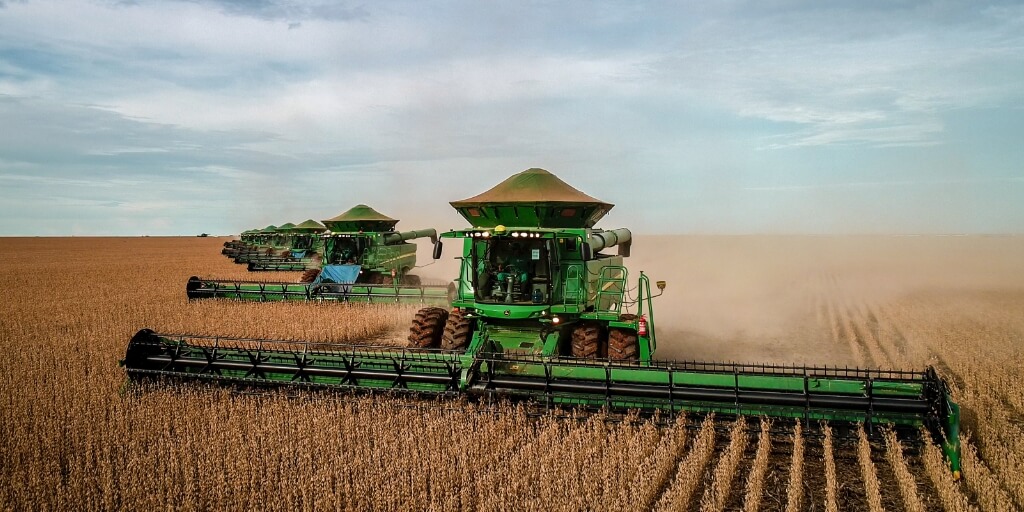The Agribusiness Production Index (PIMAgro) calculated by the Center for Agribusiness Studies of the Getulio Vargas Foundation (FGV Agro) rose again in August, accumulated a high in the first eight months of 2022 and should end the year with a positive result and good chances of consolidating this recovery trend in 2023.
Compared to July, the indicator showed stability, but compared to August last year, there was an increase of 3.9%. In the year-to-date, for the second month in a row, the variation was also positive (0.7%), and for 2022 as a whole, the outlook is for growth of 1.9%.
PIMAgro is based on data from the Monthly Industrial Survey (PIM-PF) of the Brazilian Institute of Geography and Statistics (IBGE) and the variations of the Central Bank’s Economic Activity Index (IBC-BR), the exchange rate, and the FGV’s Manufacturing Industry Businessman’s Confidence Index (ICI).

“The good signs of recovery in the agribusiness are possibly reflecting both the heating up of the domestic market and some relief in production costs, whether due to fuel and electricity or because of the accommodation of the price of non-industrial raw materials at lower levels,” said the analysts of FGV Agro, in a report.
Compared to August 2021, the high was guaranteed by increases of 4.2% observed in the food and beverage group and 3.6% in the non-food products segment.
In the former, beverages were the highlight, with an 8.9% advance; in the latter, the inputs stood out, with a 17% advance.
“The good performance of the food and beverage group reflects the improvement in domestic economic conditions, especially those of the Brazilian labor market and the greater accommodation of prices,” said the FGV center.
In the area of inputs, the leap was determined exclusively by the significant 70.2% increase registered in the production of pesticides and household disinfectants, such as insecticides.
In this branch, the main focus of problems is on biofuels.
“The sector has been registering successive and robust drops since May 2020, in interannual comparisons, further impacted by the reduced production of sugarcane throughout 2021, which was harmed by strong frosts and droughts.
“Besides this, ethanol lost competitiveness against gasoline in the months leading up to August,” said FGV Agro.
After the August performances, the center maintained the expectation that PIMAgro will end 2022 with a positive variation of 1.9% (base scenario).
This result comprises advances of 2.2% in food and beverage products and 1.6% in non-food products.
With information from Valor Econômico

